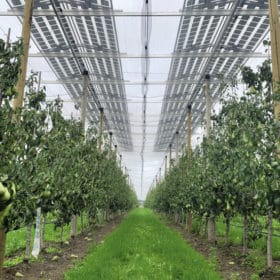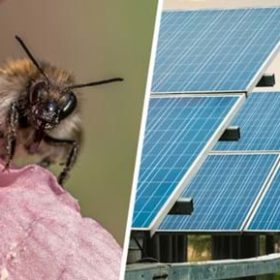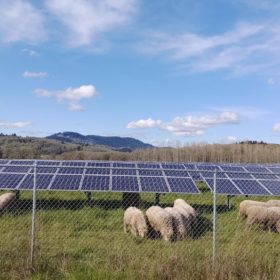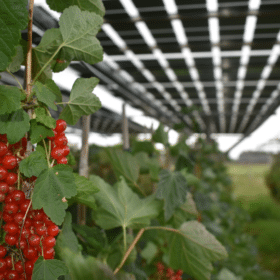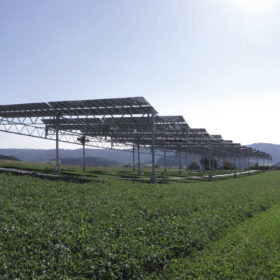Stepping UP in 2021: #1 How agri-PV could address two of the biggest sustainability challenges of our times
2021 marked the second year of pv magazine’s UP Initiative where we shined a spotlight on sustainability in the solar industry. Over the course of 12 months, we focused on four key issues. First up was agrivoltaics – the combination of agriculture and solar energy – in recognition of this emerging market. The goal was to understand the potential benefits and economic, political, and technical challenges of such an innovative partnership. Read on to discover our coverage from this quarterly theme and watch out over the coming days for the topics of Workers’ rights, Sustainable electricity and corporates’ critical solar role, and Urban Solar.
Solar farms prove to bee hives of economic activity
A new study from researchers at the universities of Lancaster and Reading in the UK has managed to quantify the economic boost provided by the symbiotic relationship between solar farms and honeybee hives.
Agrivoltaics increases land productivity, improves animal welfare
New research from the United States has shown the numerous advantages of combining lamb grazing with solar power production. The researchers found, in particular, that the overall return from grazing was the same in both solar pastures and open pasture fields with no PV panels.
Baywa’s ‘fruitvoltaic’ project to bear fruit – 23 tons a year, in fact
A 1.2 MWp installation featuring more than 4,500 solar panels has sheltered a berry crop from high temperatures and damp to strengthen the claims made by agrivoltaics companies that their systems can offer climate change mitigation as well as clean energy.
The weekend read: Solar’s flexibility can be agriculture’s gain
Both solar and the farming industry are beginning to see potential in the combined use of land for food production and energy generation. And as innovators begin to experiment with different forms, it’s becoming clear that in most cases it is solar that will have to bend to the needs of agriculture, and not the other way around, to ensure a positive outcome.
